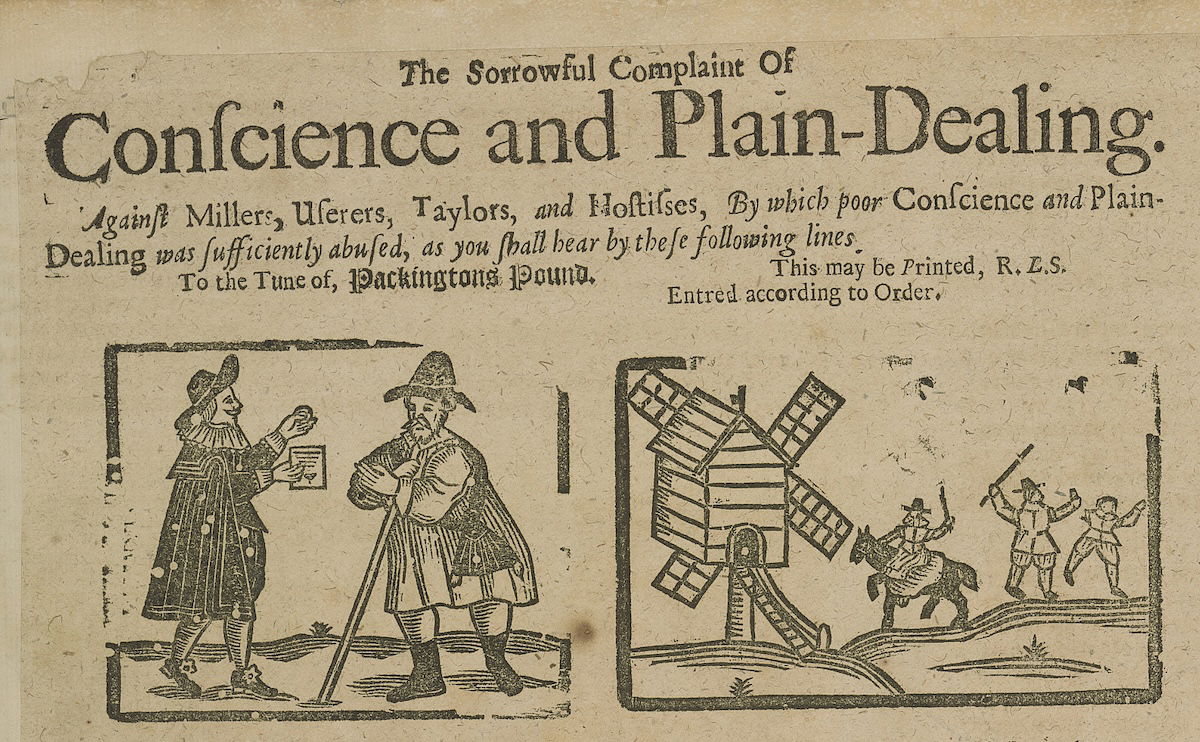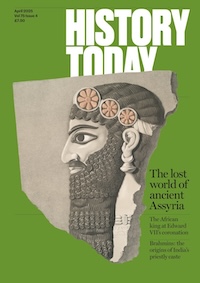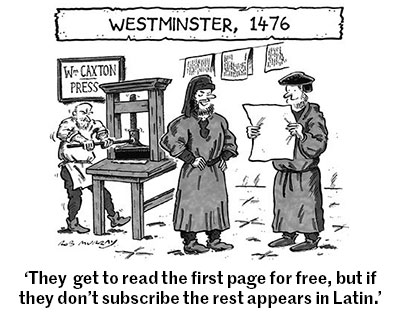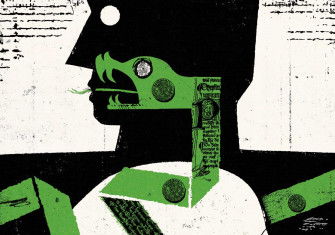Early Modern Millers’ Tales
Thieves, cheats, and scoundrels. How did early modern millers get their bad reputations?

By the end of the medieval period millers had poor reputations. Chaucer’s miller in the Canterbury Tales was coarse, vulgar, and habitually dishonest – he told ‘tavern stories, filthy in the main’ and was ‘a master-hand at stealing grain’. These stereotypes have cast a long shadow, reiterated in jest books, which described the collar of a miller’s shirt as ‘valiant … Because that everie morning it had a Thief by the neck’, and ballads, where lecherous millers were outfoxed by women who refused to marry ‘a Thief and a Miller’. But how did this stereotype come about?







